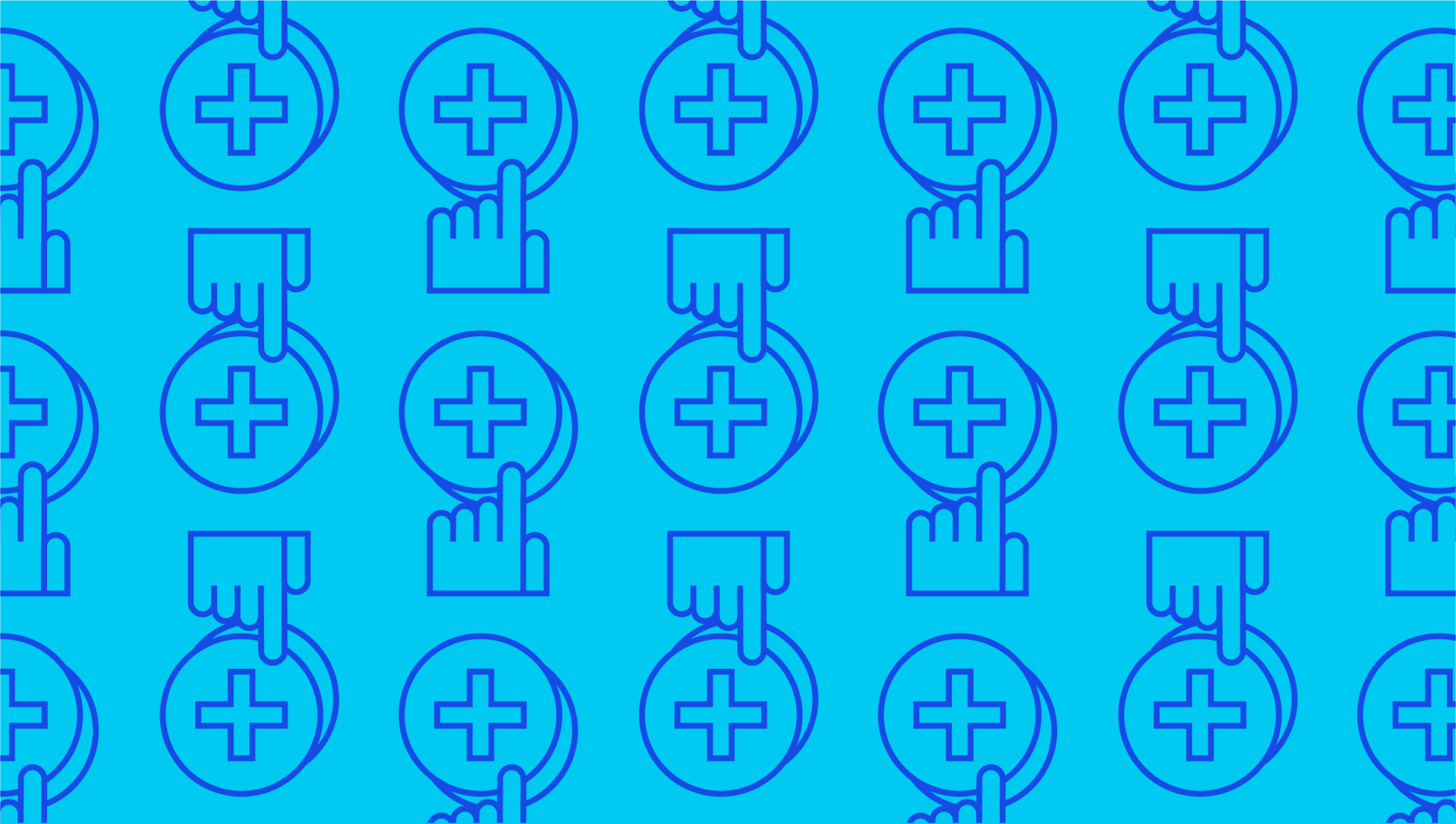
What is proof of concept (POC)?
Last editedNov 20202 min read
POC stands for proof of concept, an essential step in any product development process. It's also sometimes referred to as "proof of principle." But what is proof of concept? Essentially, a proof of concept is the way you persuade your stakeholders that a product is viable and worth investing in. It can be presented to shareholders, management teams, and colleagues to build confidence in your design ideas. Explore proof of concept and how to write a proof of concept proposal in a little more depth with our simple guide.
What is POC in project management?
A proof of concept can take many different forms and is mainly dependent on the product you're developing. The idea is to lay out your vision and show that it has the potential to be developed and that the design you're proposing is workable, so it often takes the form of a detailed project management plan with the information any potential investors would need to know.
How to write a proof of concept proposal
There are a number of different factors worth taking into consideration when you're putting together a proof of concept plan. When you're learning how to write a proof of concept proposal, try and think about things from your audience's perspective (that is, the audience you're presenting the plan to – not the target market that you would hope would buy into your product). Key considerations include projected costs, timelines, potential issues, and use of resources. It's also worth identifying the need for your product and the ultimate goals and objectives you're attempting to reach in developing it.
What are the advantages of a proof of concept?
A proof of concept plan helps to build confidence in your ideas. It shows your managers and investors that you've thought about the practicalities of bringing your design to life and also gives them an idea of precisely what they would be investing in. It can also serve as an initial roadmap for developing your product, providing a clear picture of your goals, targets, and expenses.
A proof of concept plan is also useful for the person writing it, as it gives them a chance to think through the potential risks and obstacles they may encounter when it comes to developing their product. It's also an opportunity to identify areas for growth and development and solidify the project's goals.
What are some common mistakes made with POCs?
There are a number of common pitfalls that you need to avoid when putting together a proof of concept plan. One easy example is getting too caught up in your ideas without adequately backing them up. A proof of concept should be persuasive, but it's also crucial that it's grounded in realistic goals and that it accounts for the obstacles you will inevitably face along the way.
It's also important to explain how you intend to measure success in your plan. If you don't know what you're measuring – or, indeed, what you're aiming for – it will be almost impossible to ascertain whether your product is on-track.
What's the difference between a proof of concept and a prototype?
Prototypes are not the same as proof of concepts, but the two often go hand-in-hand. A prototype is an initial example of a product, showing its most important functions and demonstrating how it will operate. This can be useful to include as part of a proof of concept proposal as it gives your investors tangible evidence that your product does have the potential to be built and can help you demonstrate your ideas in a more accessible way.
We can help
GoCardless helps you automate payment collection, cutting down on the amount of admin your team needs to deal with when chasing invoices. Find out how GoCardless can help you with ad hoc payments or recurring payments.